Ten Things You Need To Know About Acupuncture
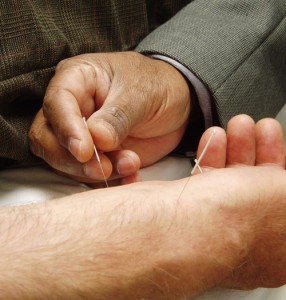 This week is Acupuncture Awareness Week. This is probably a good thing as, of all the alternative medicines, acupuncture carries perhaps the most myths. These myths need to be addressed.
This week is Acupuncture Awareness Week. This is probably a good thing as, of all the alternative medicines, acupuncture carries perhaps the most myths. These myths need to be addressed.
Acupuncture has achieved an accepted status perhaps even more than chiropractic and osteopathy as being now an accepted part of mainstream medicine. Why is this? Let’s look at some of these myths.
1. Acupuncture is Thousands of Years Old.
This is not true in any meaningful way. The proponents of acupuncture claim that ancient texts describe acupuncture. What they describe, if they do mention something like acupuncture, is indistinguishable from other cultures’ pre-scientific surgery, including lancing and blood-letting using blades, thorns and so on. Just as homeopathy is a ‘placeboised’ form of proto-pharmacology where the amount of active substance has been reduced to zero, we can think of acupuncture as a placeboised form of primitive surgery where the intervention has literally been reduced to a pin prick.
2. Acupuncture theory and techniques have been developed over hundreds of years.
The first western reports of Chinese Medicine in the 14th Century made no mention of acupuncture. Even by the 17th Century, acupuncture carried none of the ‘chi’ baggage and was a very much simpler system. Modern acupuncture, as you will see it on the High Street is an invention of the latter half of the 20th Century. In particular, it was developed, propagandised and exported as part of the Cultural Revolution in China. Nixon’s visit to China in the 1970’s result in a huge interest and development in Western Countries. Some aspects of acupuncture, such as ear or auricular acupuncture are entirely an invention of the West, having been invented in France in the 1950’s and exported back to China to be incorporated back into so-called ‘Traditional Chinese Medicine’. Acupuncture as you see it today has been created within living memory. It’s just that those who created it want you to think that it is ancient.
3. Science is catching up with Acupuncture and showing how it works.
Proponents of acupuncture make claims that needling affects a ‘life force’ that flows through channels in the body – the meridians. Specific needle points can adjust the flow and affect the course of illness. This is pure gibberish, and there is not a shred of good evidence that this is true. Indeed, modern anatomical knowledge contradicts these claims. Sometimes however, acupuncture is dressed in the garb of scientific knowledge. For example, some claim that studies have shown that needling releases endorphins which can inhibit pain signals. Punching people in the face also releases endorphins and can distract from some other pain in the body. People do not create therapeutic modalities around face punching because of this though.
4. There is plenty of published evidence to support acupuncture.
Indeed, there are thousands of published studies into acupuncture. However, recent reviews of the published literature show many weaknesses in this body of evidence. The vast majority of these studies are flawed in that they do not have proper controls to compare acupuncture to. The research is extensively used for advertising purposes but bears no critical scrutiny. Huge numbers of studies have been performed in China but all of them are positive. This makes it impossible to trust this literature base. In the past decade, research techniques have enabled proper controls. Acupuncture is compared to sham acupuncture by either sticking the needles in the ‘wrong’ place or by using special retractable needles that do not penetrate the skin properly but feel like acupuncture. In both cases, patients are ‘blind’ to whether they are receiving real or sham acupuncture. The results of such studies show that there is no consistent difference between real and fake acupuncture. That really ought to be it for this technique.
5. Thousands of people routinely report positive effects from acupuncture
Indeed. But this does not mean that acupuncture provided specific effects that caused the improvements. The postman always goes away after my dog barks. But she does not go away because my dog is barking. The postman is going to leave anyway. Similarly, people report improvements in various conditions after acupuncture. But this does not mean acupuncture helped. In many self-limiting conditions treated by acupuncture, the condition was going to get better anyway. Sports injuries and back pain are good examples of conditions that are self-limiting and improve over time by themselves.
It is possible that some people do experience a placebo effect from acupuncture. Placebo effects are where expectations and beliefs are directly manipulated by the treatment. Pain is a subjective symptom that can be influenced by personal expectations. Placebo effects are typically short-lived and unpredictable but do happen. The natural course of illnesses and the possibility of placebo manipulated expectations can explain people’s experiences of acupuncture.
6. Acupuncture is completely safe
There are a number of potential risks from acupuncture, both direct and indirect, but you will not find acupuncturists discussing them objectively. The intervention of sticking needles into you carries an obvious infection risk. Pushing in deeper into the body might interfere with vital functions, the most serious can involve puncturing the lungs or heart or causing internal bleeding. These problems are rare but completely avoidable. What is clear is that there is significant under-reporting of problems so that we have no good idea of how frequent they are.
7. Hasn’t it been used instead of anaesthetics in China?
Part of the myths that sprang from Nixon’s visit to China in 1971 was that a journalist had an appendectomy whilst under anaesthesia from acupuncture. This appeared miraculous and helped spread the idea that needling was some sort wonder treatment from the East. Unfortunately, the accounts were rubbish. Despite this, the myths persist. Ten years ago, the BBC broadcast a programme that implied a woman on film underwent heart surgery using acupuncture as an anaesthetic. Simon Singh complained to the BBC and after a battle they had to admit the woman had been pumped full of a cocktail of sedatives and anaesthetics so she did not feel the operation. The acupuncture she had during the operation was cosmetic.
8. Acupuncture is a regulated profession.
Anyone in the UK can call themselves an acupuncturist. Whilst courses exist, there is no meaningful oversight to ensure you will be treated by someone who takes into account the best evidence and is fully appraised of the risks and communicates that to you. Indeed this is actually unlikely as courses teach students many of the myths discussed above.
The British Acupuncture Council is the largest of the ‘self-regulators’ in the UK and has (shamefully) been given a stamp of approval for its regulatory ability by the Professional Standards Authority. The PSA does not care if the treatment is effective or not, only that the body ticks the right boxes in a procedure if someone makes a complaint. As you can see from their website, the British Acupuncture Council concerns itself primarily with promoting acupuncture. This is in direct conflict with a regulators’ obligation to primarily protect the public. Do not expect any meaningful oversight or protection.
9. But if acupuncture works by the placebo effect, isn’t that good enough?
All treatments have the capacity for a placebo effect. That is, their specific benefits can be enhanced by the non-specific benefits of a placebo. It is surely better to undergo a treatment that has real effects than one that has no specific effects such as acupuncture. Acupuncture may be theatrical and be a good placebo, but placebo effects tend to be transitory and unpredictable. They should not be relied upon to give relief. Importantly, placebo effects do not affect the course of an illness, only its perception. Hence, placebo may be desirable in pain relief but could be catastrophic if used for an illness that could harm or kill such as asthma. Furthermore, patients are routinely misled that acupuncture can affect underlying conditions such as fertility issues. Patients are being misled and ripped off by practitioners.
In order to give a placebo effect for an inert treatment like acupuncture, the practitioner must either be systematically incompetent or lie to you. They must either incorrectly believe acupuncture is real or try to make you believe it is. Neither is desirable. An incompetent acupuncturist, whose beliefs that needling can have specific effects, may well delay you seeking genuine treatment resulting in prolonged suffering or even death.
10. There are more things in heaven and earth, Science Boy, than are dreamt of in your philosophy.
Indeed, but I hope I have shown here that acupuncture is not one of them.
Footnote:
The following Google Ngrams, or book word-counts, are interesting. There are difficulties in interpreting Ngrams, but it is interesting to see the huge spike in publication about acupuncture after the 1970’s. A similar Ngra m is shown for simplified Chinese showing spikes both in Chinese language publication and English. We cannot expect pre 1950’s data for simiplifed Chinese, but what is clear is the Maoist spike that coincided with his barefoot doctor campaigns and subsequent propaganda to the West.
Ngrams of ‘acupuncture, homoeopathy, chiropractic’
Ngram of ‘acupuncture’ 针刺 (Simplified Chinese)
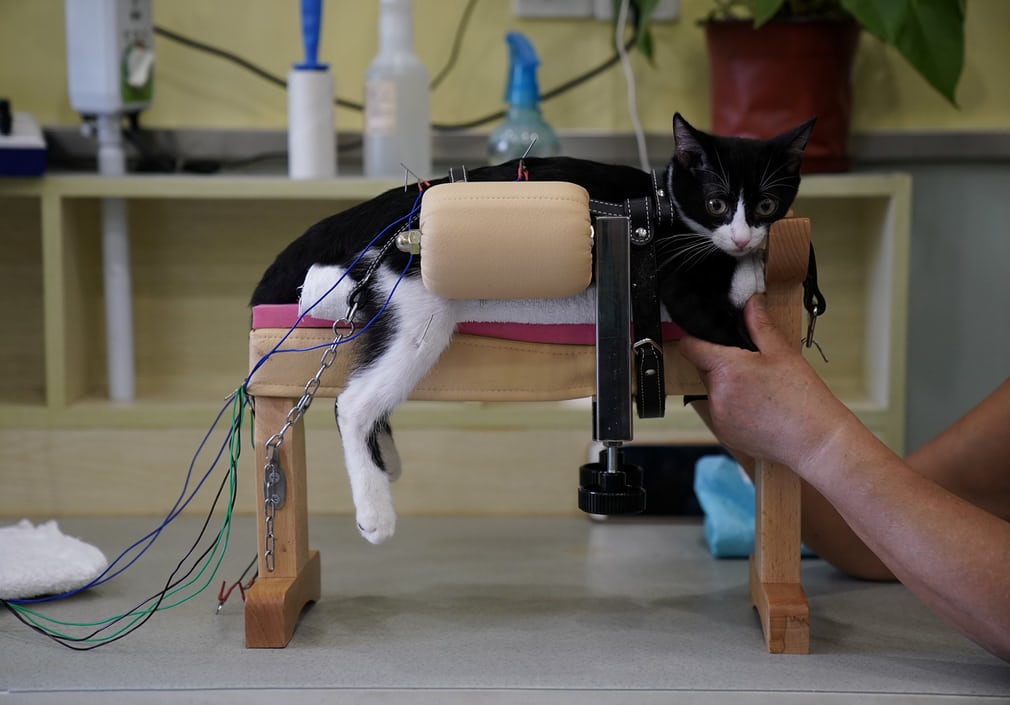
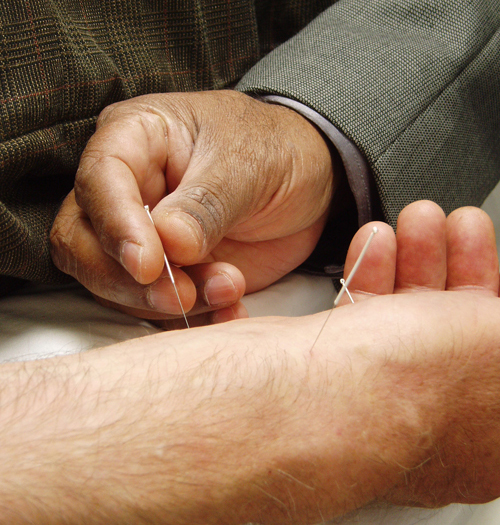
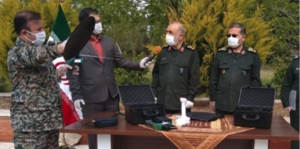
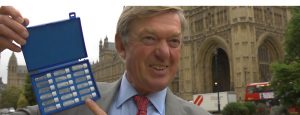
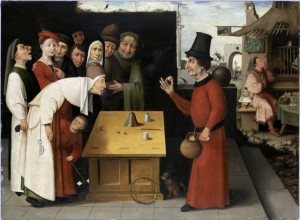


28 comments